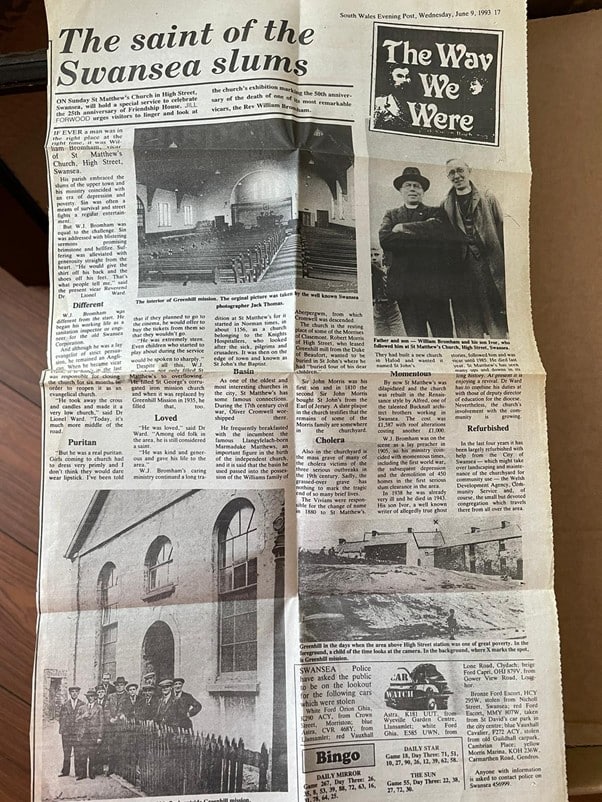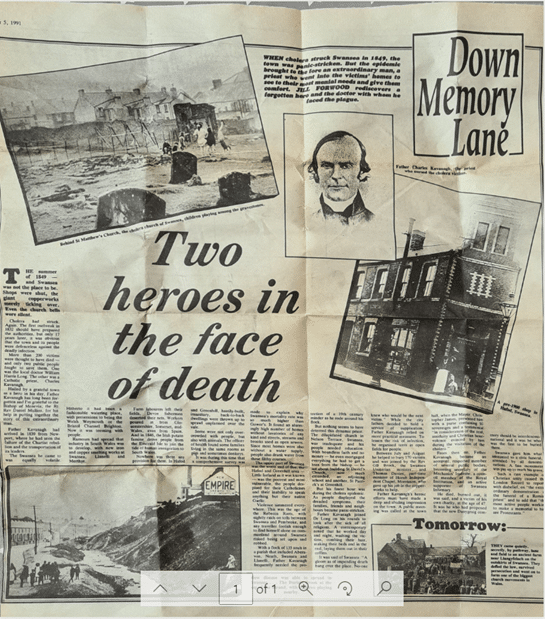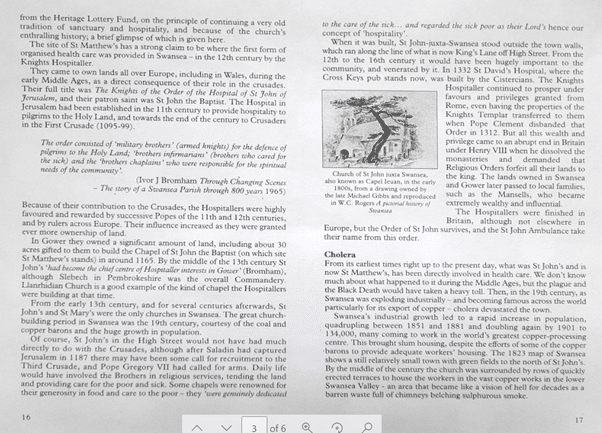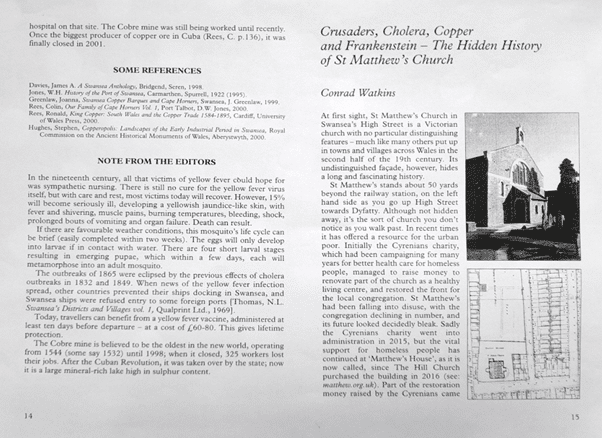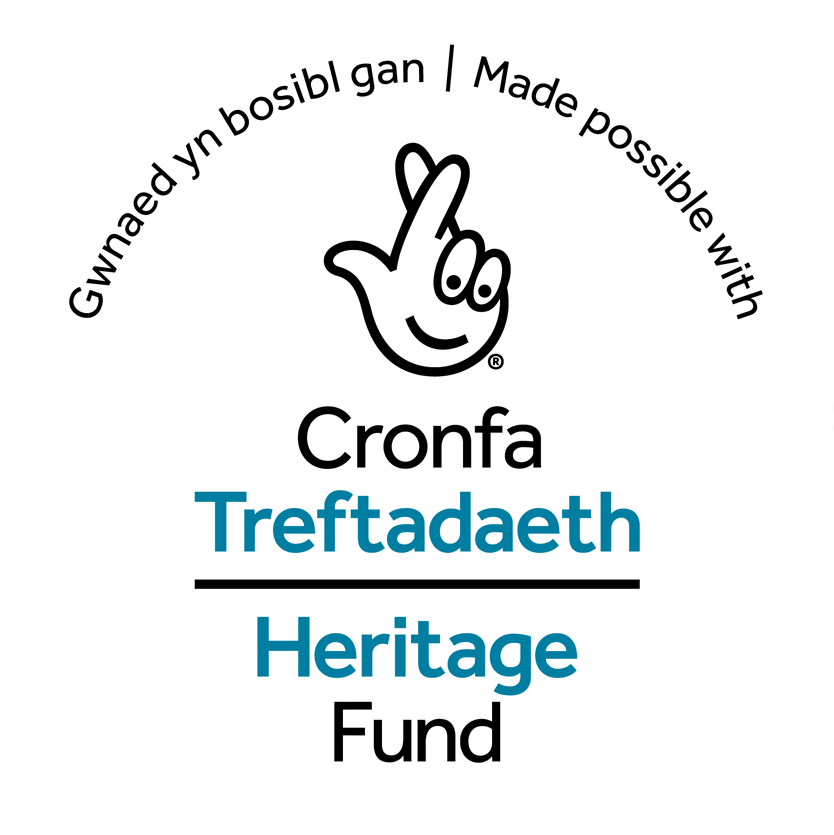Uncover the lives of those who shaped Greenhill’s history—individuals whose courage, compassion, and resilience brought light to the community during its most challenging moments.
William & Ivor Bromham: Father and Son Pillars of Compassion
From approximately 1905 to 1985, William and Ivor Bromham, a father-and-son duo, stood as steadfast beacons for Greenhill’s most vulnerable. William began his mission at the turn of the 20th century, working through local mission halls and churches at a time when the area—often referred to as “the slums”—was struggling with overcrowding, deep poverty, poor sanitation, and regular outbreaks of illness.
Without fanfare or institutional backing, William set up soup kitchens, distributed food and clothing parcels, offered emergency shelter, and opened his own home to families in need. He was known for quietly walking the streets after dark, checking on elderly residents, and even feeding pets abandoned during evictions. His work was compassionate, non-judgemental, and rooted in faith and service.
His son Ivor Bromham continued this legacy into the mid-20th century, especially during the hardship years of the Great Depression, World War II, and the post-war economic decline of Swansea. Ivor expanded the work, adapting it to urban changes and growing social need.
Together, William and Ivor Bromham:
- operated daily soup kitchens during the 1930s–1950s, feeding hundreds each week.
- organised clothing drives—particularly for children—during winter months.
- provided shelter for people displaced by illness, flooding, or eviction.
- gave spiritual and emotional care to the sick, the addicted, the bereaved.
- mobilised youth and church groups into long-term volunteer action.

